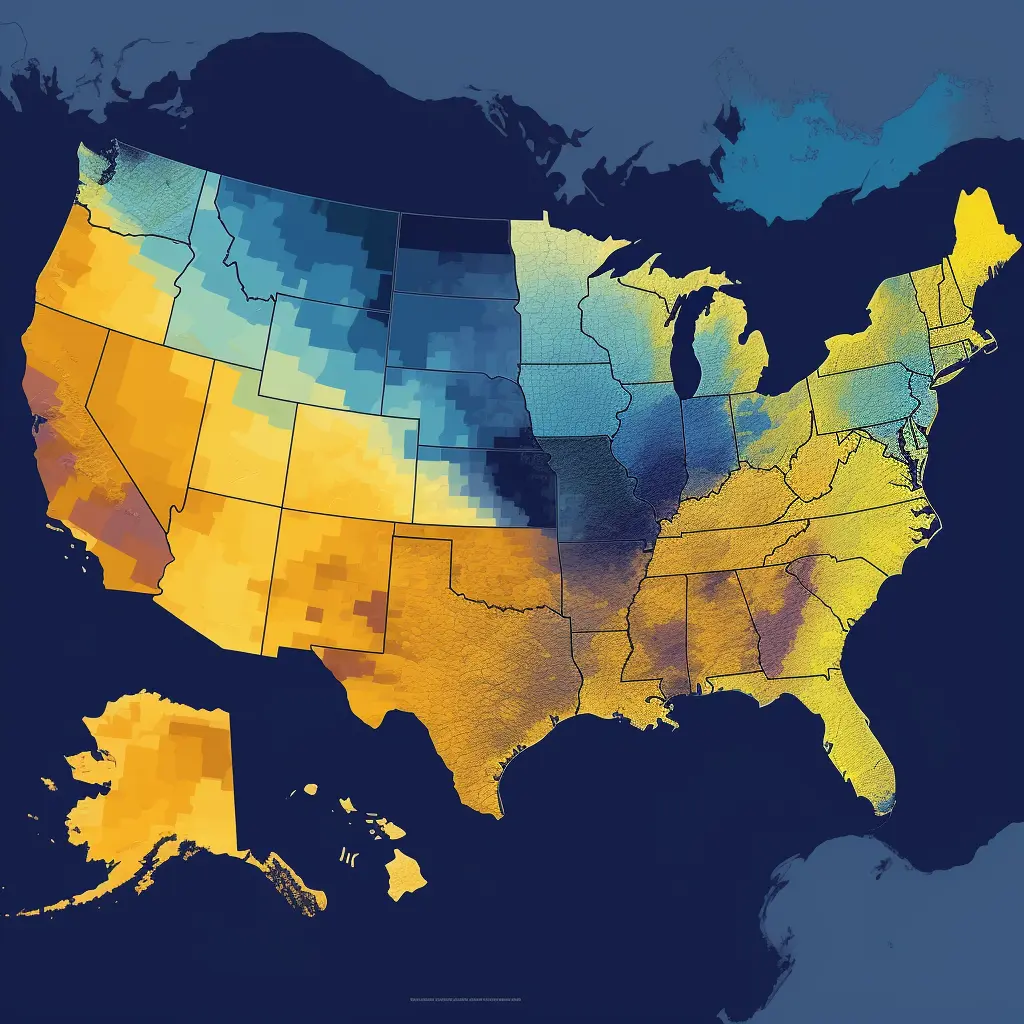Drug addiction is still a big problem in the US, despite this, drug addictions like opioids are seen by many Americans as not as big of an issue as before, maybe because inflation and a struggling economy are at the forefront of concerns.
The latest data from 2023 shows the landscape of substance abuse has changed a lot due to the COVID-19 pandemic, economic stressors, and synthetic drugs. These studies and statistics are things that everyone should know.
Definition
Causes
Impact
Addiction is a chronic disease characterized by compulsive drug seeking and use despite negative consequences. It affects the brain’s reward, motivation and memory functions.
Drug Abuse Statistics
New numbers show drug abuse is getting worse across the country and in every community. Overdose deaths have never been higher and opioids and synthetic drugs are major contributors to the rising numbers.
And the economic cost of substance abuse has never been higher, burdening healthcare systems, criminal justice and the workplaces.
Overdose Deaths
- Over 100,000 Annual Deaths: According to the Centers for Disease Control and Prevention (CDC)1, over 100,000 Americans died from drug overdoses in the past year, up from previous years.
- Synthetic Opioids are the Culprit: Synthetic opioids, especially fentanyl, are the cause of most of these deaths.
Economic Cost of Substance Abuse
- $1 Trillion Annually: The National Institute on Drug Abuse (NIDA)2 says substance abuse costs the US over $1 trillion a year in healthcare, lost productivity and crime related costs.
- Healthcare System Overwhelmed: Increased hospitalizations and long term treatment are putting more strain on the healthcare system.
Get help for addiction at Cornerstone
Explore residential, outpatient, and virtual pathways to mental health recovery in Arizona.

Opioid Crisis Updates
The opioid crisis is still a national emergency and new challenges are emerging with potent synthetic opioids. Fentanyl and its analogs are much stronger than traditional opioids and are causing a surge in overdose deaths across the country. They are often mixed with other drugs making accidental overdoses more likely and complicating the efforts to combat the epidemic.
Fentanyl Threat
- Fentanyl Overdoses Soar: Fentanyl, a synthetic opioid 50-100 times more potent than morphine, is now the leading cause of overdose deaths.
- Illicit Manufacturing Makes it More Widespread: Illegally produced fentanyl is often mixed with other drugs making them more deadly.
Prescription Opioid Misuse
- Pain Medication Misuse Persists: Despite prescription regulations, NIDA3 says 10 million people misused prescription opioids in the past year.
- Mitigation Efforts: Prescription drug monitoring and increased access to treatment are the solutions.
Teen Substance Use Trends
Teen drug use is changing, with a big uptick in vaping and cannabis use. Vaping has become super popular among teens, often with nicotine or THC.
Cannabis use is also going up among adolescents and health experts are concerned about it’s effects on their overall development.
Vaping Epidemic Among Teens
- E-cig use is on the rise: CDC4 says over 20% of high school students use e-cigs.
- Health risks of vaping: Vaping can lead to nicotine addiction and lung illnesses.
Marijuana Legalization Effect
- More access means more use: As more states legalize marijuana, teen usage has gone up.
- Perception of risk decreases: Teens are less likely to think marijuana is harmful which is contributing to higher use.
Alcohol Abuse Statistics
Alcohol is still the most used substance, with high use across all demographics. The pandemic has made alcohol abuse worse as stress and isolation have caused many to drink more.
Health professionals are concerned about the rise in alcohol related health issues from this trend.
Pandemic Drinking Habits
- Drinking has increased: A JAMA5 Network Open study found a 14% increase in drinking among adults during the pandemic.
- Binge Drinking has risen: Stress and isolation has led to more binge drinking episodes.
Alcohol Related Deaths
- Drunk Driving Deaths are Up: NHTSA6 says drunk driving deaths are up for the first time in years.
- Alcohol Poisoning is a Problem: Six people die daily from alcohol poisoning in the US, according to the CDC.
Methamphetamine and Stimulant Abuse
Meth is back and it’s a big problem for communities all over the country. Increased availability and potency is leading to more addiction and health problems.
This stimulant abuse is a big problem for public health and law enforcement everywhere.
Regional Meth Use
- More use in Rural Areas: DEA7 says meth use is higher in the Midwest and West.
- Limited Treatment Options: Rural areas have limited treatment facilities.
Polydrug Use
- Mixing Stimulants with Other Drugs: Users are combining meth with opioids which increases overdose risk.
- More Health Risks: Polydrug use can cause severe health complications and unpredictable effects.
Mental Health and Substance Abuse
The connection between mental health and addiction is more obvious than ever. More and more people are experiencing both at the same time and it’s making paths to recovery complicated.
Recovery often requires addressing mental health along with substance abuse.
Co-occurring Disorders
- Dual Diagnosis is prevalent: Many people have both mental health disorders and substance abuse, known as co-occurring disorders.
- Pandemic Effect: Increased anxiety, depression and trauma is leading to higher substance use.
Access to Treatment
- Barriers remain: Stigma, no insurance and limited resources are barriers to treatment.
- Efforts to increase access: Telehealth and policy changes to make treatment more accessible.
Frequently asked questions
How has the COVID-19 pandemic affected drug use?
What’s the state of the opioid crisis?
Are teens using more drugs now than before?
Quick Tip
Key Takeaways
- Key Takeaways
- Overdose deaths are up due to synthetic opioids like fentanyl.
- The pandemic has increased substance abuse and mental health issues.
- Teen drug use is up for vaping and marijuana.
- Mental health disorders are linked to substance abuse, we need to treat both.
- Early intervention is key.

